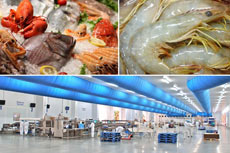
Fish Feed Mill Exhaust Odor Control
Raw Water Ozonation for Oxidation of Organics & Disinfection
The most important part of raw water treatment for hatchery & fisheries is the most neglected issue & gets least of important. The industries who has understood the importance & criticality has upgraded themselves with more advance methods of raw water treatment. Unfortunately, many hatchery owners & industry consultants are not aware of modern better techniques of treatment of raw feed water. From 2010 in India, scientist from Rajiv Gandhi Centre for Aquaculture (RGCA) a division of Marine Export Promotion and Development Authority (MPEDA), started using advance technique of ozone treatment for sea water ozonation. There are more than 15 successful & time tested installations within different hatcheries operated under RGCA. Odisha, Vishakhapatnam, Chennai, Chiral, Andaman are few of them. Ozone systems were first imported from US, but now they have standardized & jointly developed the system with Chemtronics. There are three very important aspects in raw water treatment, to get higher stress free water for shrimp & vannamei prawns.
1. Filtration of raw feed water
2. Disinfection of raw feed water
3. Oxidation of pollutants & organics in raw feed water
Over many years hatcheries has used slow / gravity sand filters to filter out suspended solids. Unfortunately, the performance is limited to total suspended solids (TSS) to 5 microns. Particles below 5 micron & collides are not possible to be filtered by slow gravity filters. The filter bed demands more frequent cleaning & becomes breeding ground for micro-organisms.
Chlorine is the most common disinfectant & oxidant used in all hatcheries. The major disadvantage of use of chlorine are:
1. Dangerous disinfectant by product, end reaction post organic oxidation.
2. Residual chlorine leftover.
3. Unpredictable time to naturally degrade residual chlorine.
The advance technique for raw feed water for hatcheries & Recirculating Aquaculture System (RAS) is combination of two / three techniques:
1. Charged Activated Pressure Filter [CAPF]
2. Integrated Ozone System [IOS]
3. Advance Oxidation Process [AOP]
Advantages Of Ozonation :
1. Ozone is very quick in disinfection
2. Ozone is a very strong oxidant on organics
3. Disinfectant by-product are negligible
4. Stress on PL21 is minimal
5. Residual ozone naturally degrades to Oxygen
6. Effective & instant destruction of unused residual ozone
Advantages Of Charged Filtration :
1. Filtration media are charged with –ve Zeeta potential.
2. High quality filtration – Turbidity <1 ntu
3. Filtration area is 1,00,000 m2/m3
4. Anti bio-fouling media
5. High filtration efficiency
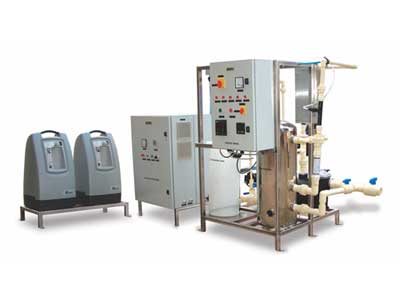
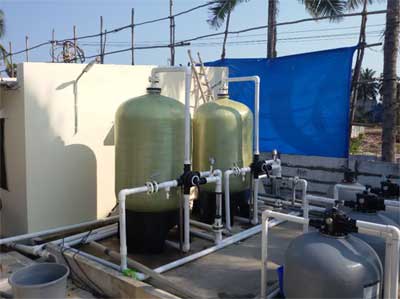
Questionnaire:
To design & estimate the Integrated ozone System for Aquaculture, few input data are required, and on the basis of the same ozone dose, capacity, integration point, dossing technique is optimized. One who needs to integrate Ozone in Aquaculture can submit available data and for new plant estimated data & mail us at : sales@chemtronicsindia.com & we will design optimum solution with nominal charges or free of cost. The amount we charge is used for research & development, social cause & donations.
1. Quantity of water required per day
2. Average flow rate per hour
3. Concern Area (Purpose of Ozonation)
4. Analysis report / data of raw water (like. Color, Odor, TSS, TDS, pH, microbial)
5. Expected Treated Water Quality post ozonation
6. Application of Treated Water
7. Have you used Ozonation earlier
8. Location of the site
9. Contact no.
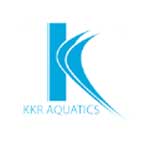
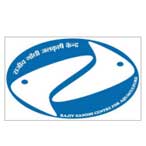
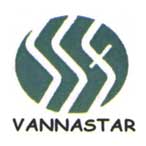
Other Application of Ozone are:
Centralized & Local Process Water Ozonation
Flume Wash Water Ozonation For Disinfection
Clean-In-Place | CIP
Surface & Equipment Ozone Sanitation
Air Disinfection - Production | Packing | Storage / Cold Storage
Ozonated Ice for Frozen Sea Food Transport & Export